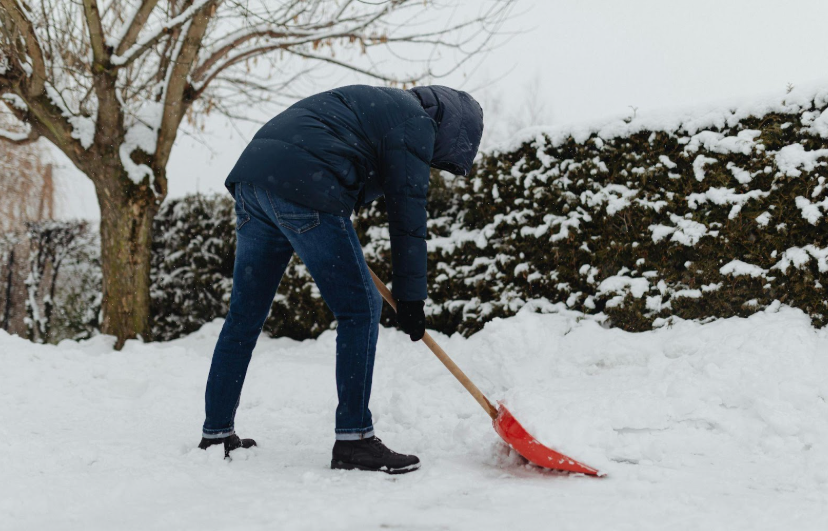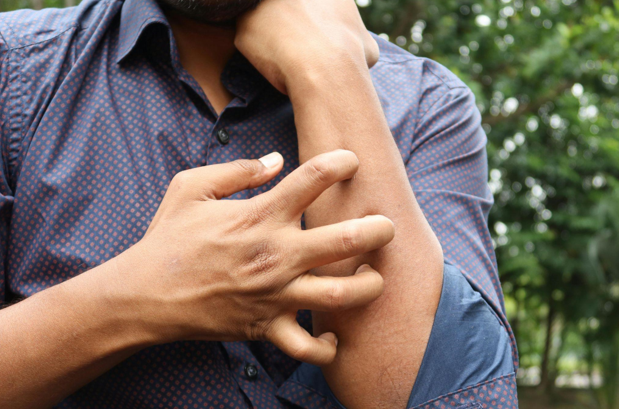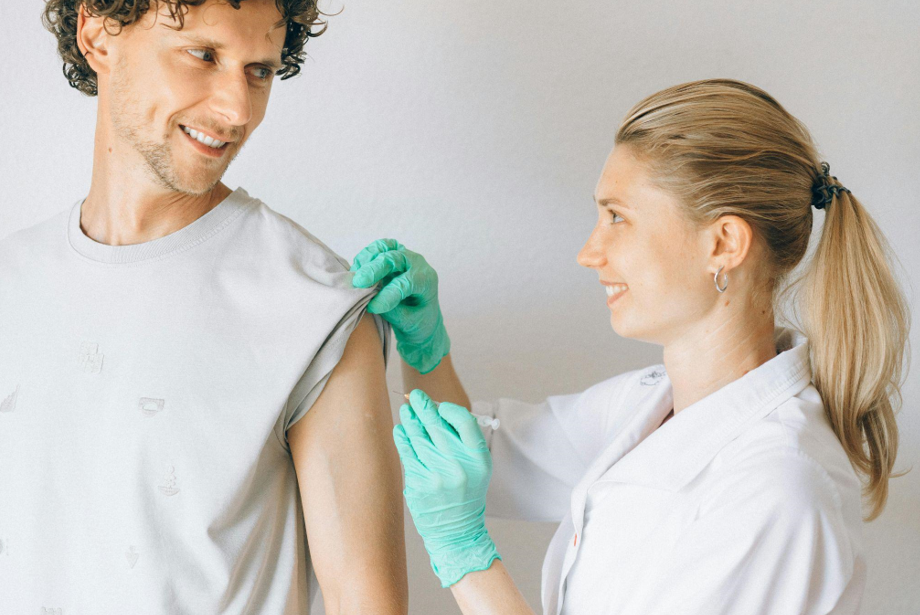Beware of Cold-Weather Injuries: Frostbite and Heart Risks from Snow Shoveling
Beware of Cold-Weather Injuries: Frostbite and Heart Risks from Snow Shoveling

Winter can be a beautiful season with snow-covered landscapes and holiday festivities. However, it also brings challenges that can impact health and safety. Among these are the dangers of frostbite and the often-overlooked heart risks associated with snow shoveling. Being informed and prepared is important to stay safe during the colder months.
What Is Frostbite?
Frostbite is a severe condition caused by tissue freezing from prolonged cold exposure. It primarily affects extremities like your fingers, toes, ears, and nose. When exposed to freezing conditions, blood vessels constrict to preserve core body heat, which reduces circulation to outer areas of the body.
Early signs of frostbite include tingling and numbness, as well as a pale or waxy appearance of the skin. If not treated promptly, it can lead to permanent damage, such as tissue loss or even amputation.
To prevent frostbite, it’s important to dress warmly in layers, wear insulated gloves and socks, and avoid prolonged exposure to the cold. If you notice signs of frostbite, move to a warmer place immediately and avoid rubbing the affected area, as this can worsen the damage.
The Hidden Dangers of Snow Shoveling
Shoveling snow may seem like a routine winter chore, but it poses significant risks, especially to the heart. Studies have shown that the physical strain of shoveling combined with cold weather can increase the risk of heart attacks, particularly in individuals with pre-existing heart conditions.
Cold temperatures cause blood vessels to narrow, which raises blood pressure and puts extra strain on the heart. The exertion of lifting and throwing heavy snow adds to this burden. Additionally, the cold air can make it harder to breathe, further stressing the
cardiovascular
system.
Why Certain People Are More at Risk
While snow shoveling can be risky for anyone, some groups are at higher risk. People over the age of 45, those with a history of heart disease, and individuals who lead a sedentary lifestyle are more likely to experience heart-related problems during strenuous activities in the cold.
Understanding your own health and fitness level is integral. If you are not used to regular exercise, snow shoveling can be more demanding than it seems. It’s always wise to consult your doctor if you have concerns about your ability to handle such physical activity.
Tips to Shovel Snow Safely
Taking precautions can reduce the risks associated with snow shoveling. Start by choosing a lightweight shovel to minimize strain. Push the snow instead of lifting it whenever possible, and take frequent breaks to avoid overexertion.
Warm up before heading outside. Simple stretches or a few minutes of light activity can prepare your muscles and reduce the risk of injury. Also, be mindful of your posture while shoveling—bend your knees, not your back, to avoid strain.
Dressing appropriately is another key factor. Wear warm, layered clothing and cover your extremities to prevent frostbite. If the task feels too challenging or the snow is particularly heavy, consider hiring someone to assist or use a snow blower.
Recognizing Signs of a Heart Problem
The symptoms of a heart attack include chest pain or discomfort, shortness of breath, dizziness, and unusual fatigue. If you or someone nearby experiences these signs while shoveling snow, stop immediately and seek medical help.
Never ignore symptoms, even if they seem mild, as acting quickly can make a critical difference in outcomes.
Preventing Cold-Weather Injuries
Preparation is the best defense against cold-weather injuries. Start by staying informed about the weather forecast, and if extreme cold or heavy snowfall is expected, plan to limit outdoor activities.
Hydration is often overlooked during winter, but it’s just as important as in warmer months. Drinking water helps maintain good circulation, which is necessary for preventing frostbite and reducing strain on the heart.
Make sure that your winter gear is in good condition. Insulated boots, gloves, hats, and scarves help protect against the cold, and if you need to spend extended periods outside, take regular breaks to warm up indoors.
Knowing When to Seek Help
Despite taking precautions, emergencies can happen. Recognizing when to seek professional help is critical. For frostbite, immediate medical attention is necessary if the skin turns gray, feels hard, or becomes numb. Avoid trying to rewarm the skin with direct heat, as this can worsen the damage.
For heart-related concerns, do not delay in calling emergency services if symptoms suggest a heart attack.
Building Awareness for a Safer Winter
Many people underestimate the risks posed by cold weather and snow shoveling. Educating yourself and others about these dangers can help prevent injuries and save lives. Share information with family and neighbors, especially those who may be more vulnerable.
A little preparation goes a long way in ensuring winter safety. By understanding the risks and taking preventive measures, you can enjoy the season without compromising your health.
Final Thoughts
Winter presents distinct challenges, but proactive measures can significantly reduce their impact. From protecting yourself against frostbite to safely managing snow shoveling, small steps can prevent serious health risks. Prioritize safety, listen to your body, and seek help when needed. By staying vigilant, you can navigate the cold months with confidence and peace of mind.
Winter health risks like frostbite and heart strain are serious, but you don’t have to face them alone. At
Sisselman Medical Group, we’re here to help you stay healthy and prepared all season long. Whether you need a winter wellness checkup, guidance on managing heart health, or tips to prevent cold-weather injuries, our dedicated team is ready to support you.
Contact us to learn more.




Commack Location
- Mon, Wed
- -
- Tue, Fri
- -
- Thursday
- -
- Saturday
- -
- Sunday
- Closed
Massapequa Location
- Mon, Wed, Thu
- -
- Tuesday
- -
- Friday
- -
- Saturday
- -
- Sunday
- Closed







